Dry weather affects us all at some point. But gardeners can deal with it if they implement these tips for drought-tolerant landscaping.
10 Drought-Tolerant Landscaping Ideas
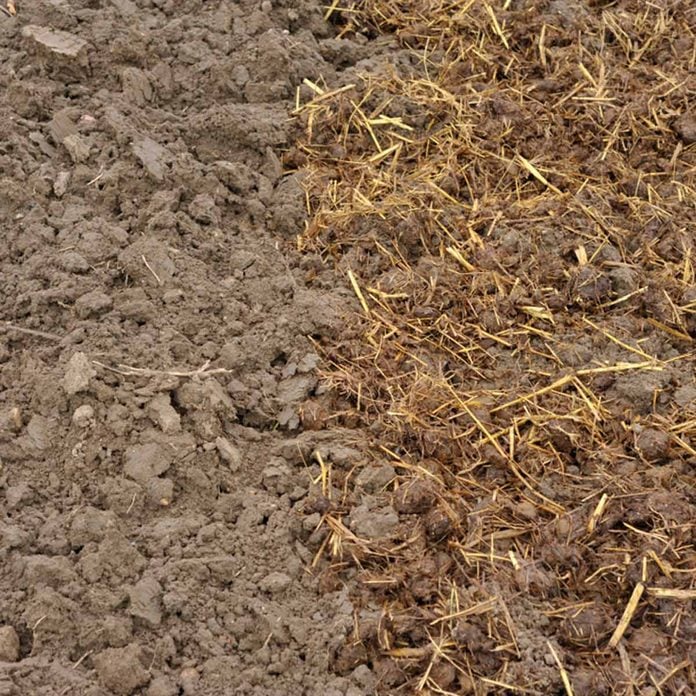
Amend the Soil
Before planting drought-tolerant landscaping, amend the soil. You can use straw and horse manure (shown), peat moss, compost or a combination of them all. If you’ve got the time, you could even dig fallen leaves into the soil and let them compost in place. Amended soil is better at holding moisture—and also better at capturing rainwater, which tends to run off on hard-packed soil. Learn more about prepping the soil for a garden.
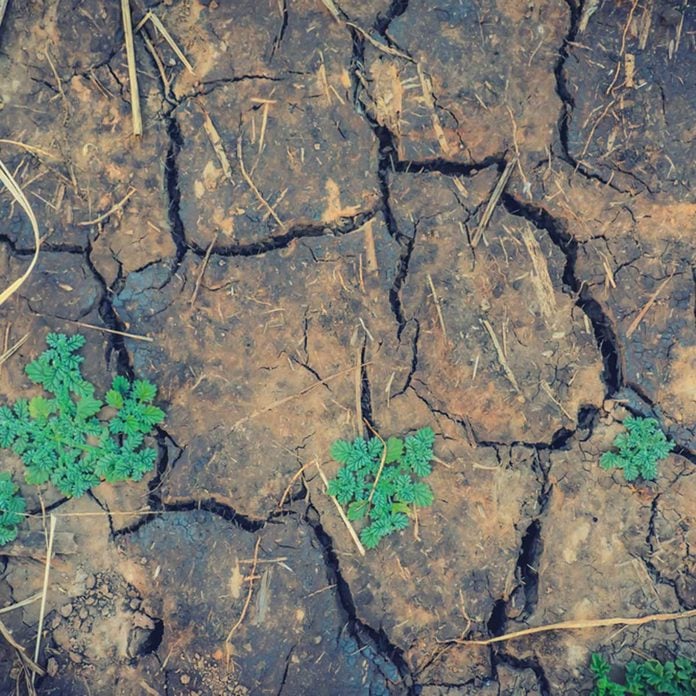
Drought Resistant Landscaping: Cover Bare Ground
Speaking of hard-packed soil, this is what it looks like when it’s exposed to hot, drying sun during times of drought. Not very pretty. And not very hospitable to plants either. Keep the soil covered—either with a mulch or with a drought-tolerant groundcover such as sedum. Covered soil will also hold moisture longer than bare soil. Here are some ideas for a drought-tolerant lawn.
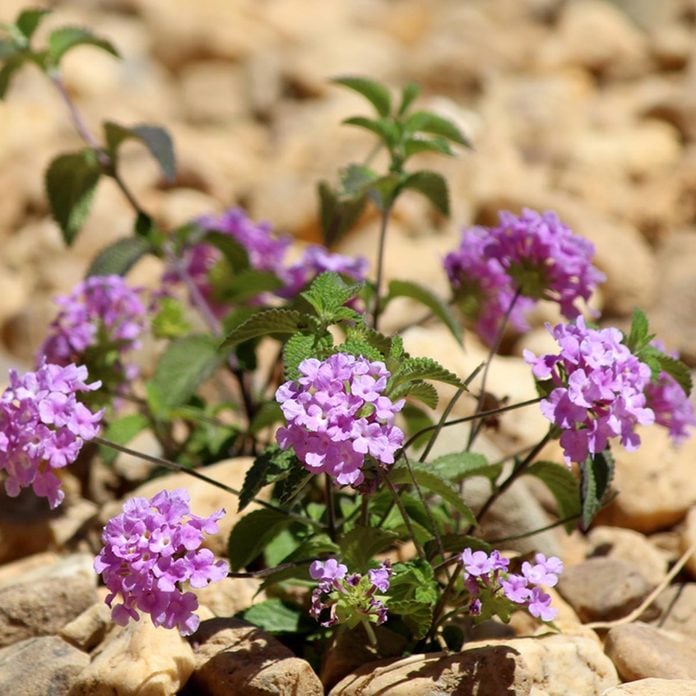
Drought Resistant Landscaping: Use the Right Mulch
All mulches are not created equal. Organic mulches (made out of materials that were once alive), are plentiful in many areas and therefore inexpensive. They slowly break down over time and enrich the soil. But they hold too much moisture for some plants and could rot the stems of dry-soil denizens such as cacti, succulents and this trailing lantana. Better to use stones or pebbles for plants like those in a drought-tolerant landscape.
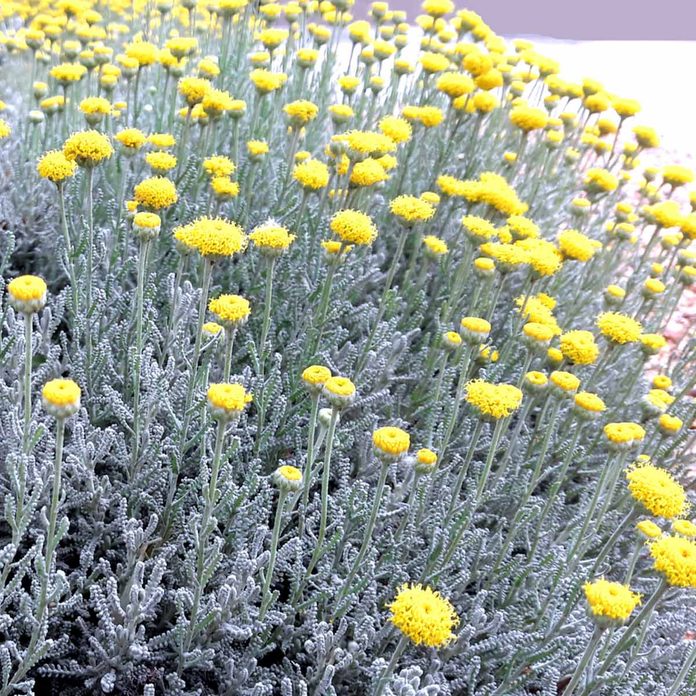
Drought Resistant Landscaping: Say Yay to Gray
Looking for plants for your drought-tolerant landscaping? Hint: They’re often hiding beneath a coat of gray. Or maybe silver. This blooming santolina is an example. The same with lavender, dusty miller and lamb’s ears. All gray, and all like camels when it comes to water.
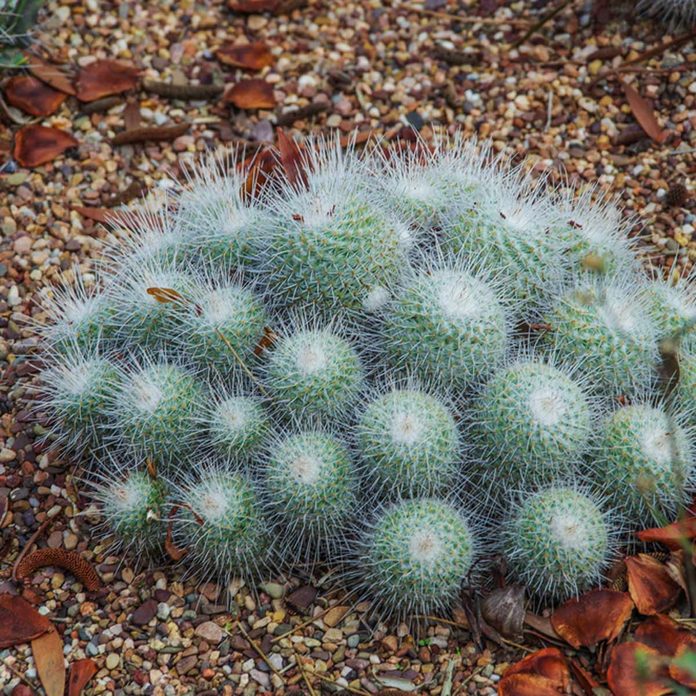
Drought Resistant Landscaping: Take on a Prickly Attitude
As a rule of thumb, if it’s got thorns on it, the plant probably works in your drought-tolerant landscaping. Case in point: any cactus you happen to stumble upon. Cactus are renowned for their tenacity in the face of very tough, dry conditions. But make sure you get one that is winter hardy in your area before investing a lot of money in drought resistant landscaping. Here’s a collection of 14 ways to decorate your home with cactus!
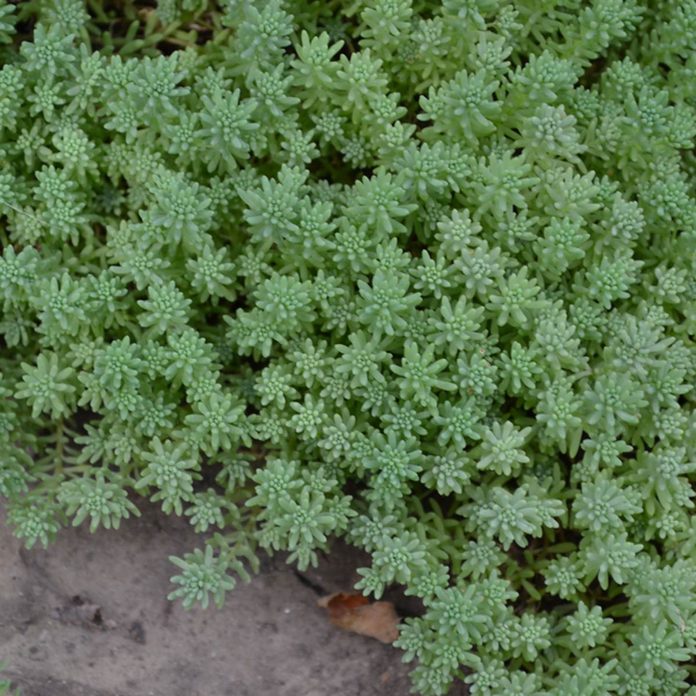
Drought Resistant Landscaping: Say Hello to Succulents
Another group of plants for drought-tolerant landscaping is succulents. These are the plants with smooth, thick, fleshy leaves that conserve moisture to use during times of drought. This Sedum acre is a good example. Meet 8 succulents you can use as easy-care groundcovers.
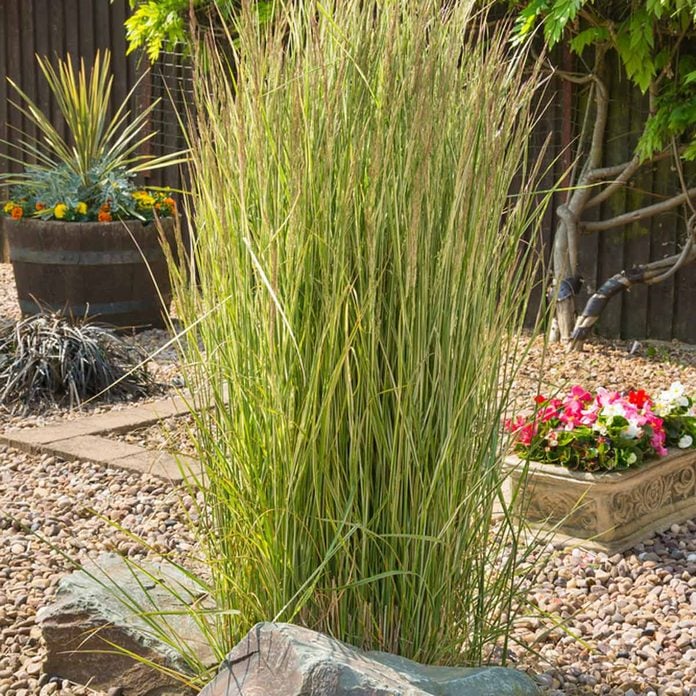
Drought Resistant Landscaping: Get That Grassy Feeling
Don’t forget about ornamental grasses either. Most of them are useful for drought-tolerant landscaping, too. There are tall and short grasses, upright and splaying. Most look good in groups. Some are big and architectural enough to serve as a focal point. Pair them with rocks for a pleasing natural effect. Here are 10 ornamental grasses you should get to know.
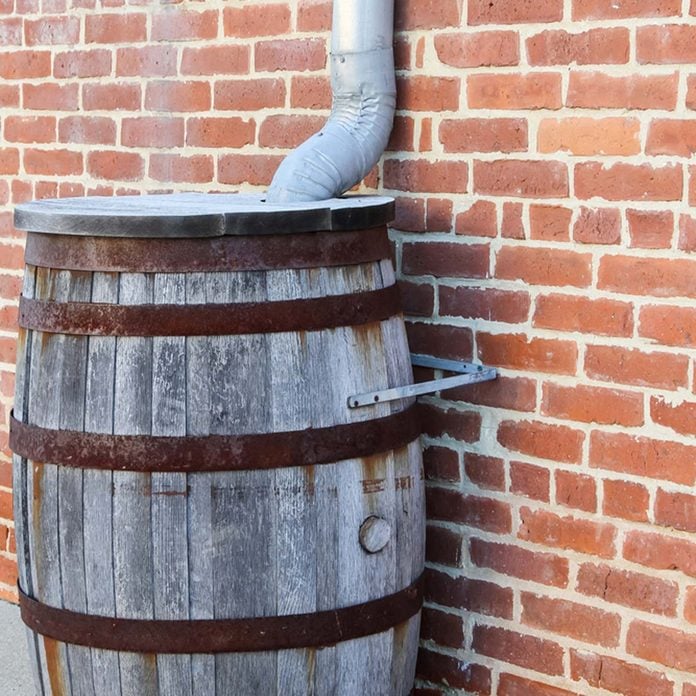
Drought Resistant Landscaping: Save Up for a Rainy Day
Droughts are a wake-up call to conserve water. What better way than to collect free rainwater? You can hook a rain barrel up to your gutter spout and fill it up quickly the next time you have a downpour. Then use the water to irrigate your plants. A few communities restrict the use of water barrels, so check with your municipality first. Build your own rain barrel—it’s easy!
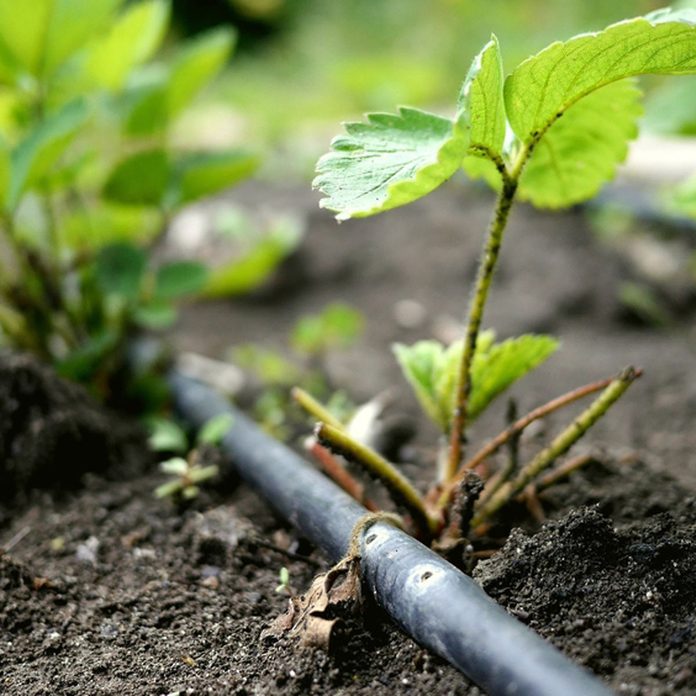
Water Wisely
An overhead sprinkler isn’t the most efficient way to water. And a watering can takes a lot of time and effort. Consider either a drip irrigation system or a soaker hose, both of which will direct water to the base of plants, where it’s needed. Using these hoses also cuts down on evaporation, especially if they’re covered with mulch. Learn how to install drip irrigation.
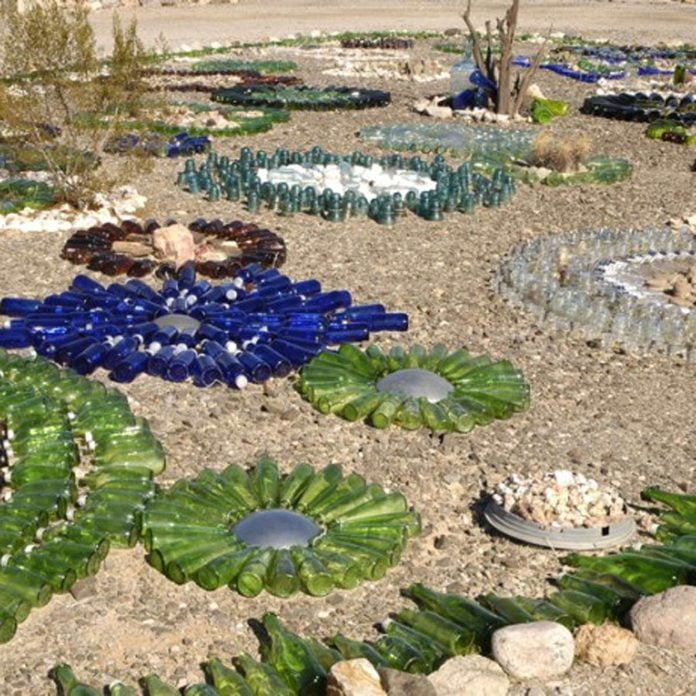
Add Color Creatively
While drought-tolerant landscaping definitely can be colorful, it may not be as thickly planted as the landscapes you’re used to seeing. That’s good because in the end, it will require less water. To fill the space (and your color quotient), consider adding some garden art. It’s a good way to inject not only color into a landscape, but also character.